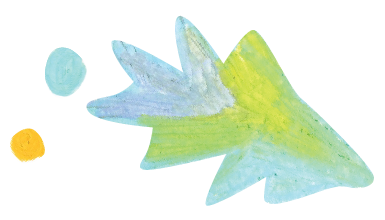Library
-
Toad poisoning occurs when a cat is exposed to the toxins secreted by certain species of toads. The two most common species of toads that cause poisoning in the United States are the cane or marine toad and the Colorado River or Sonoran desert toad. While there are toads in Canada that secrete toxic substances, their effects are much less severe than the toxins secreted by the cane or Sonoran desert toads. Death can occur quickly and immediate treatment is required.
-
Toad poisoning occurs when a dog is exposed to the toxins secreted by certain species of toads. The two most common species of toads that cause poisoning in the United States are the cane or marine toad and the Colorado River or Sonoran desert toad. While there are toads in Canada that secrete toxic substances, their effects are much less severe than the toxins secreted by the cane or Sonoran desert toads. Death can occur quickly and immediate treatment is required.
-
The tonsils are similar to lymph nodes, and the role of both of these structures is to fight infection. There is a pair of tonsils located in small pouches at the back of the throat that enlarge during infection or inflammation. Tonsillitis usually occurs as a result of another disease that affects the mouth or throat. If an underlying source of the infection can be found, it must be treated.
-
Total ear canal ablation and bulla osteotomy (TECA-BO) is a surgery performed to remove the ear canal and a portion of the middle ear. This surgery is performed in cases where the pet is suffering from chronic and unresponsive ear infections. The surgical technique, reasons for performing the procedure, the diagnostic steps, and potential post-op complications are outlined in this handout.
-
There are approximately 35 (or more) species of toucans and toucanets, including the smaller, slender aracari. Their most outstanding feature is the large, elongated, hollow beak that varies in coloration from black to multicolored. Hand-raised babies that are well-socialized make charming, affectionate pets, whereas wild toucans are very challenging to tame. They require a large horizontal cage with lots of perches, as they are very active, curious, and enjoy hopping from perch to perch. However, they can be aggressive with other birds and are known to occasionally kill and eat smaller species, such as canaries and finches. Toucans and toucanets require regular, routine veterinary health check-ups.
-
Toxoplasma occurs worldwide. However, infection is uncommon in pet cats that do little or no hunting and primarily or exclusively eat commercial cat foods. Despite the high number of cats infected with T. gondii, very few show significant clinical signs. Humans are most commonly infected by eating contaminated food. Most people infected with this organism do not develop clinical disease. However, infection during pregnancy may be transmitted to the fetus and sometimes cause severe damage. Many pet cats will never be exposed to Toxoplasma and, therefore, cannot pass the infection on to humans.
-
Toy Fox Terriers love to curl up in a lap, but can be up and running when a bird flies by the window. They're curious, always wanting to know what's going on and to be part of the action.
-
Birds are highly intelligent animals and toys are an important part of their mental health, as well as their mental and physical agility. Toys encourage exercise and provide good wear for the beak and nails. Certain toys are ideal while others can be dangerous to your bird.
-
The trachea, or windpipe, is the tube connecting the throat to the lungs. Tracheal collapse occurs most frequently in middle-aged to senior dogs (4-14 years), but some younger dogs can also be affected. The most common clinical sign is a persistent, dry, harsh cough, sometimes referred to as a "goose honk". Pets who have surgery for the condition often need medications for life. The prognosis will depend on how well your dog responds to treatment.
-
Transdermal means the application of a medicine or drug through the skin, where it is absorbed into the bloodstream. Relatively few drugs are currently available for transdermal application. The biggest risk with a transdermal medication is that it could be insufficiently absorbed, resulting in inadequate drug levels and treatment. The inside of the outer ear flap (not inside the ear canal) is an excellent area to apply transdermal medications. After you have administered the medication, try to distract your pet from scratching or rubbing the ear for a few minutes by feeding your pet, taking your pet for a walk, or playing together immediately afterward. If your pet is prescribed a transdermal medication patch, your veterinarian will often shave an area to affix the patch.

